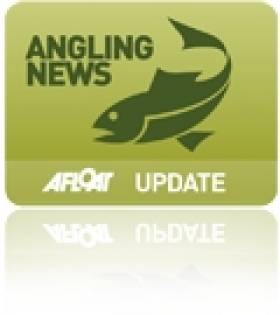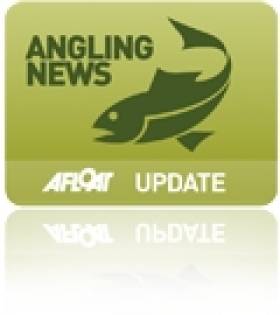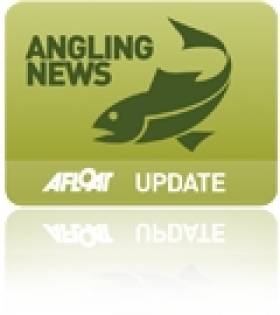Displaying items by tag: Classic Fishing Festival
#Angling - The 2014 Waterways Ireland Classic Fishing Festival came to an exciting close as local angler John Potters emerged victorious with a total catch over three days of 49.45kg.
His 16.8kg catch on the final day clinched him the Classic title for 2014, along with a cheque for £5,000 (€6,180) and the coveted crystal chalice.
Potters' achievement is all the more remarkable as he is the first angler in the 39-year history of the classic to win the event for a second time, having previously won in 2011.
Close behind in second place was Kevin Rowles from Wiltshire, whose day-three catch on Boa Island boosted his total to 46.94kg, earning him £2,000 (€2,470) and a crystal trophy.
In third place was Brenton Sweeney from Cootehill, with a total of 44.05kg, which netted him £1,500 (€1,850) and a trophy.
In fourth overall was Matthew Hall from Nottingham with 43.77kg; Phil Bardell from Milton Keynes was fifth, and Cootehill angler Neil Mazurek completed the leaderboard in sixth place.
Organisers of the 2014 Waterways Ireland Classic said they were very encouraged by the increase in the number of anglers who entered the competition and by the fact that the average catch per angler showed a 2kg increase over last year.
The Classic Fishing Festival was sponsored for the 12th year by Waterways Ireland, with additional sponsorship from DAIWA, and was organised by Fermanagh District Council in conjunction with the Inland Fisheries Division of the Department of Culture, Arts and Leisure.
Classic Fishing Festival Starts Today In Fermanagh
#Angling - The 39th annual Waterways Ireland Classic Fishing Festival kicks off today (12 May) in Co Fermanagh with more than 200 fisherman angling for the title of 'King of the Erne'.
This year's prize fund is worth more than £20,000 (€24,500) with venue-based, daily and aggregate prizes up for grabs.
And according to the Impartial Reporter, the week's fishing should be graced by better weather than Ireland's had over the past few days. Find out more HERE.
English Anglers Take Top Spots At Lough Erne Classic
#Angling - London angler Peter Vasey topped the pack at the Waterways Ireland Classic Fishing Festival in Fermanagh recently, according to the Impartial Reporter.
Vasey's total catch across two sections at Crom on Upper Lough Erne - weighing in at an impressive 39.51kg - bagged him the £5,000 (€5,944) top prize, as well as a crystal chalice and a Diawa rod and reel.
The top three places all went to mainland Brits, with the highest placing local being Nick Seddon of Enniskillen who finished fifth overall.
This was the 10th year that Waterways Ireland has sponsored the Classic, which also featured top-flight angling action in the four-man team event.
The Impartial Reporter has more on the story HERE.


























































